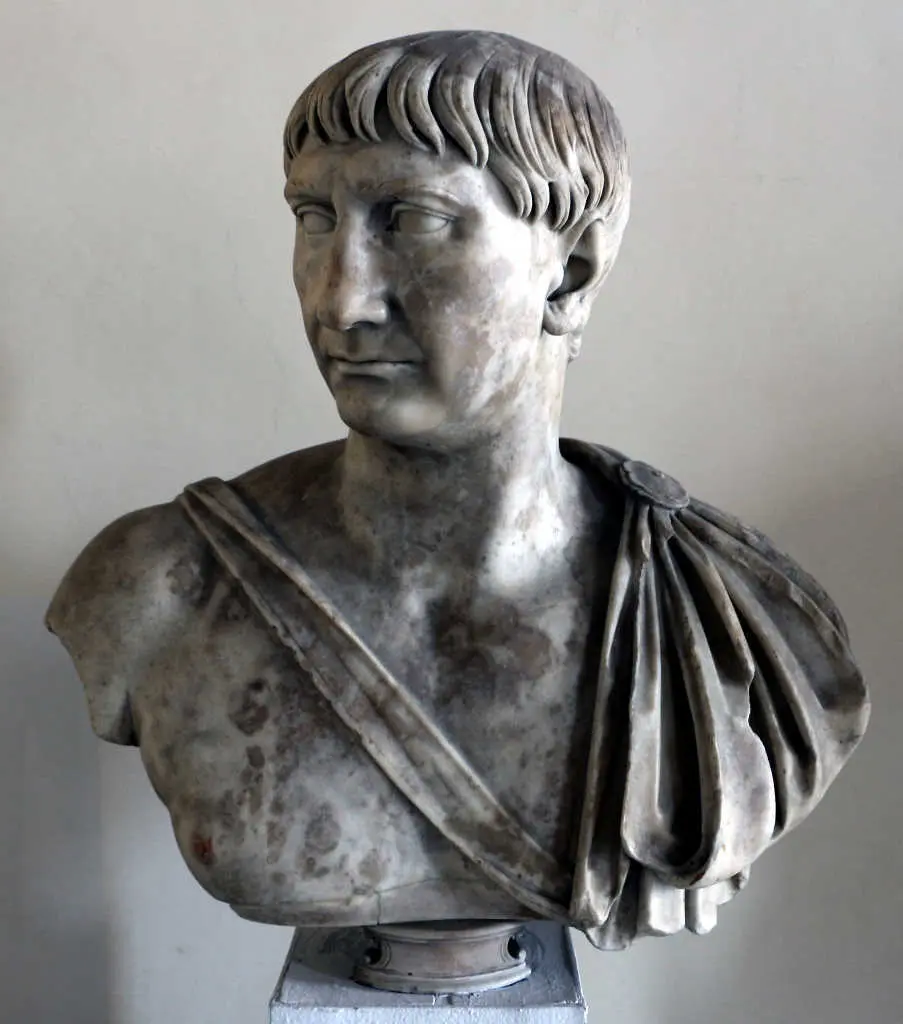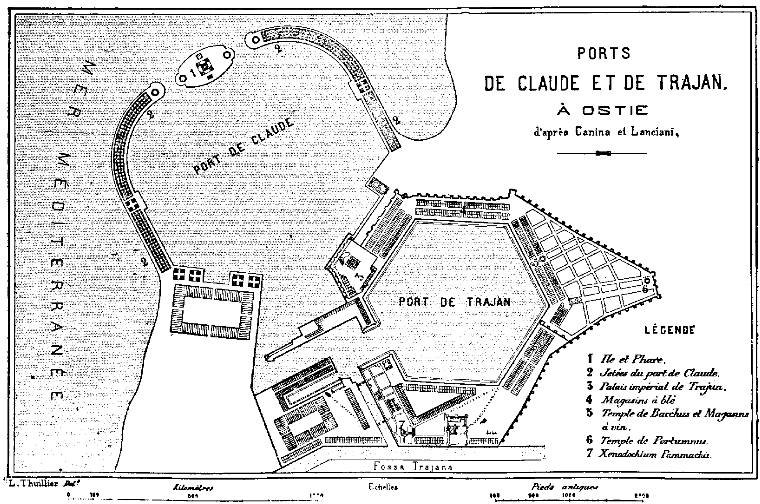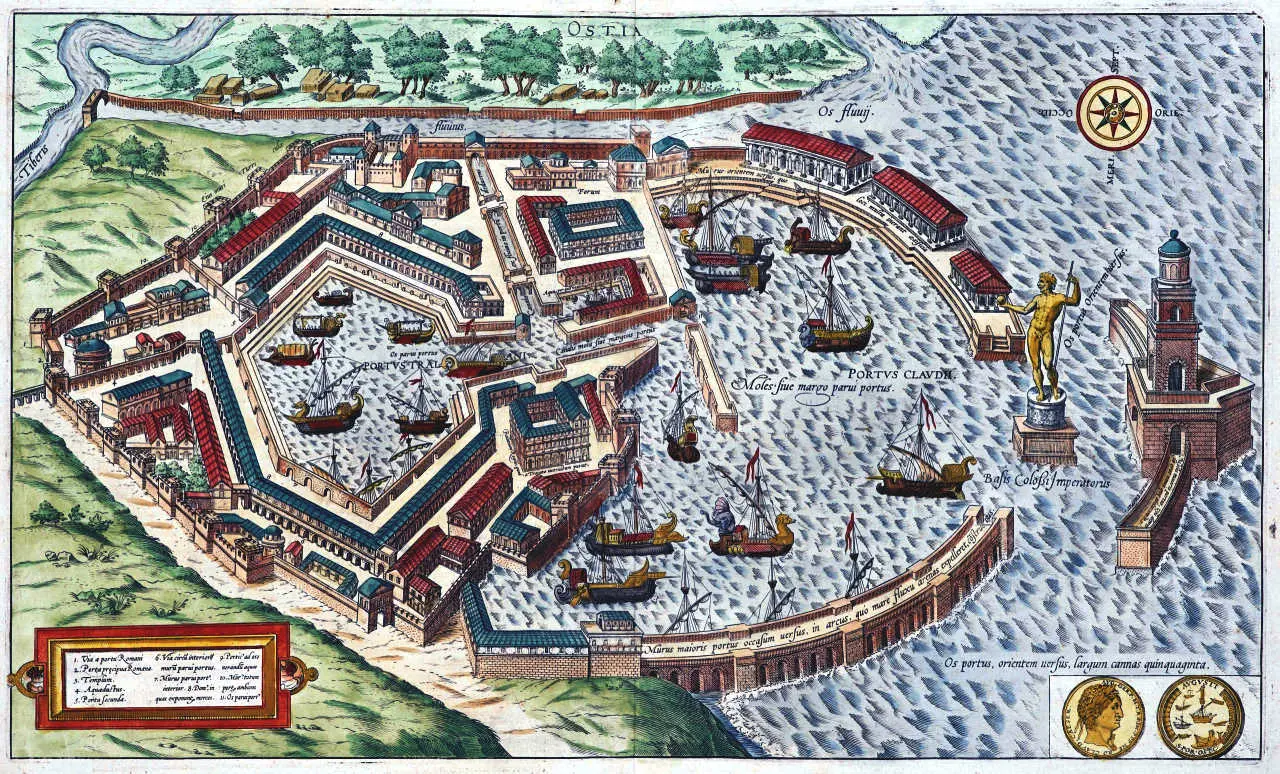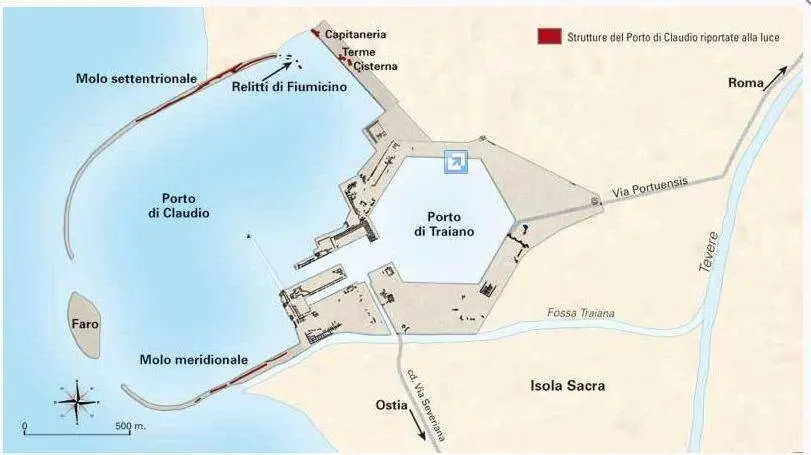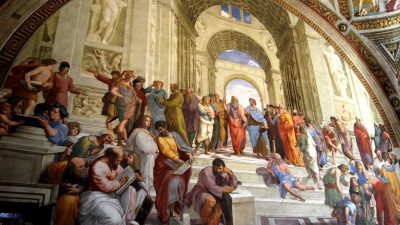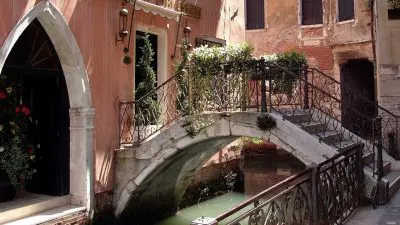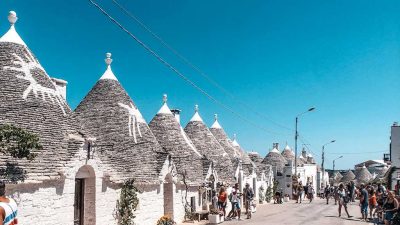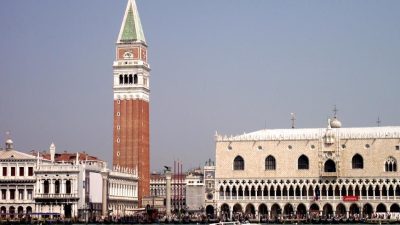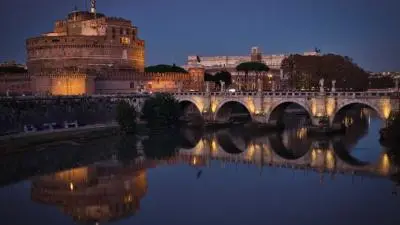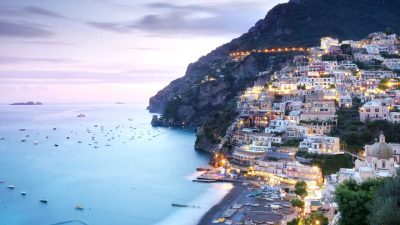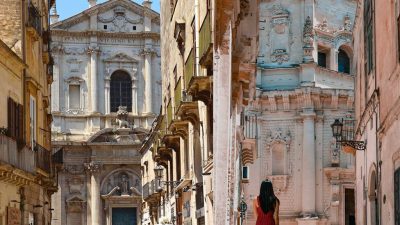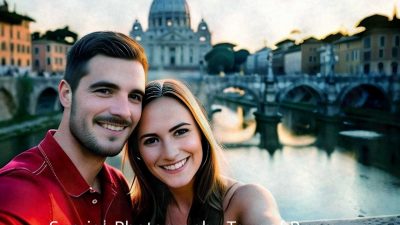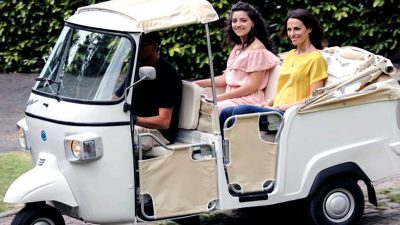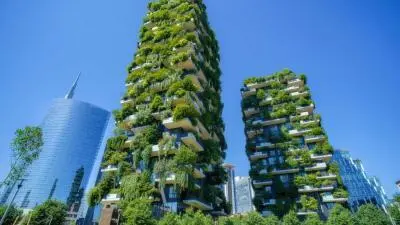Brief history of the greatest port in antiquity
Portus Romae, the port of the Roman Empire
Portus Romae was the main port of ancient Rome, located at the mouth of the Tiber River, about 30 km northwest of the city. Today, it is an archaeological site that preserves the remains of buildings, piers, warehouses, and temples that testify to the commercial and military significance of this location.
Visitors who go to Portus Romae from Fiumicino can admire the remnants of a civilization that dominated the Mediterranean for centuries and discover how daily life worked in a port that received goods and people from all known parts of the world. They can also observe the traces of the transformations undergone by the port over time, due to historical, natural, and urban events. Portus Romae is an enchanting site that is rich in history, providing a unique perspective on the past and present of Rome and its surroundings.
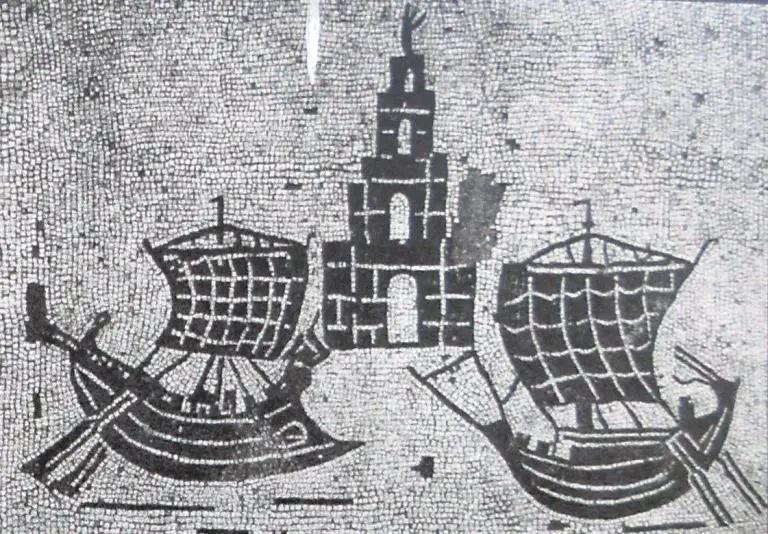
Around the first century AD, the capital of the Roman Empire was experiencing serious supply problems due to its continuous population growth, especially during the winter months when transportation became more difficult. The river port of Ostia was no longer able to meet Rome’s immense demands, while the port of Pozzuoli was too far from the capital to ensure continuity of supplies.
The idea of the port
Julius Caesar had already proposed a new port for Rome. However, it was Emperor Claudius who made the decision to construct an artificial port that was located about 3 km north of the Tiber’s mouth. The purpose of the port was to be utilized as a waterway for the purpose of transporting goods. Unfortunately, the project was not well-received due to the expected high expense. In addition, the dangerous proximity of the Tiber resulted in the deposit of significant amounts of soil and debris. Ultimately, this caused a negative impact on the overall structure’s functionality. This was a regular occurrence.
Claudius' port
Claudius was not intimidated, and in 42 AD began the construction of the new port near the current Fiumicino international airport, starting from an artificial basin of 90 hectares excavated from a lagoon and dammed by an immense dam 758 meters long and 3 meters wide.
Claudius’ port extends out to sea with two long, curved piers resembling pincers, connected to the Tiber – the waterway for transporting goods – via the artificial Fiumicino canal, completed in 46 AD with the formation of Isola Sacra. At the entrance of the port is a lighthouse – similar to the one in the port of Leptis Magna, in present-day Libya – built on an islet by sinking the large, disused ship that had transported the obelisk for the Vatican Circus from Egypt with over 1,000 tons of ballast and pozzolana.
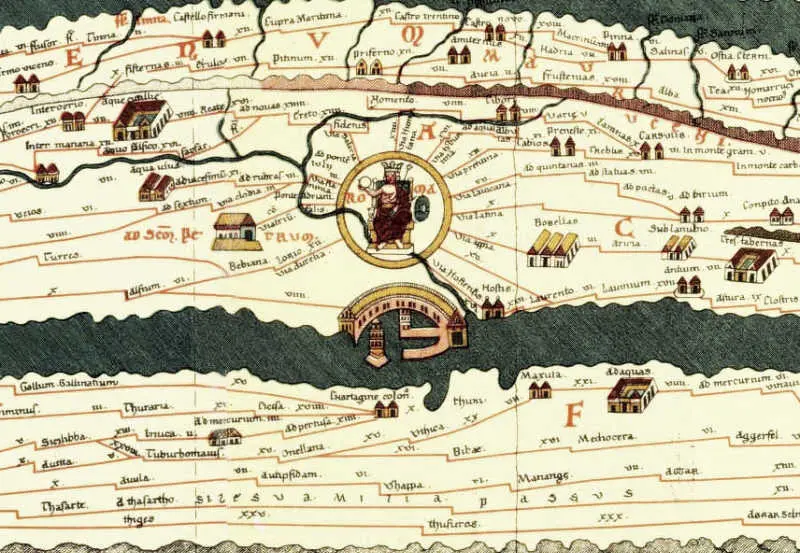
Partially active in 62 AD, Portus was completed by Nero in 64-66. The monumental works are believed to have required 30,000 workers and 1,000 pairs of oxen over 20 years. For the exchange and storage of goods, moorings and warehouses (horrea) were created on the two piers. Portus was connected to the city of Ostia, in turn connected to Rome via the Testaccio port on the Tiber (Emporium), and ensured the supply of foodstuffs to the city. Near the complex, a settlement developed – Portus Ostiensis – populated by workers, port administrators, and private entrepreneurs.
Trajan' port
During the reign of Emperor Trajan, a major renovation project was carried out at the Port of Rome. This involved constructing a new, more secure port while relegating the older Port of Claudius to a mere anchorage. The funds for this project were obtained through the conquest of Dacia, which provided the Roman state with an impressive war booty, including around 50,000 prisoners, 165 tons of gold, and 331 tons of silver.
The new basin, designed by the Greek architect, Apollodorus of Damascus, has a hexagonal plan suitable for the simultaneous execution of various naval operations, such as docking, loading, unloading, and transportation of goods. The dock measures 358 meters on each side and has 2000 meters of quay, a depth of 5 meters, a paved bottom for easy maintenance, and a total surface area of about 32 hectares.
The Port of Trajan was able to contain up to 200 large-tonnage ships that could dock and unload goods, soldiers, slaves, and animals from all over the known world. The renovation of the complex was completed around 112.
The port remained operational for centuries, underwent multiple interventions, and acquired increasing importance. So much so that in 313, with Constantine, Portus Romae obtained full autonomy. It is estimated that Portus hosted, at the height of its existence, a population of about 15,000 seasonal workers. These included sailors, unloaders, porters, shipwrights, slaves, administrators, merchants, soldiers, and government agents. Most were commuters from Ostia or Rome. The estimated port traffic consisted of several thousand ships annually, and hundreds of smaller boats and barges in the various basins and canals, or in the Tiber River.
In 408, the Goths of Alaric seized control of Portus (they destroyed Rome in 410). In 455, it was partially damaged by the Vandals of Genseric. The strategic importance of port facilities for the supply of Rome, which was now limited to the Trajan basin alone, and the danger of direct attacks, led to the construction of fortification walls around the port structure at the end of the fifth century. After the Gothic Wars (535-553), Porto gradually declined.
Claudio and Trajan's port today
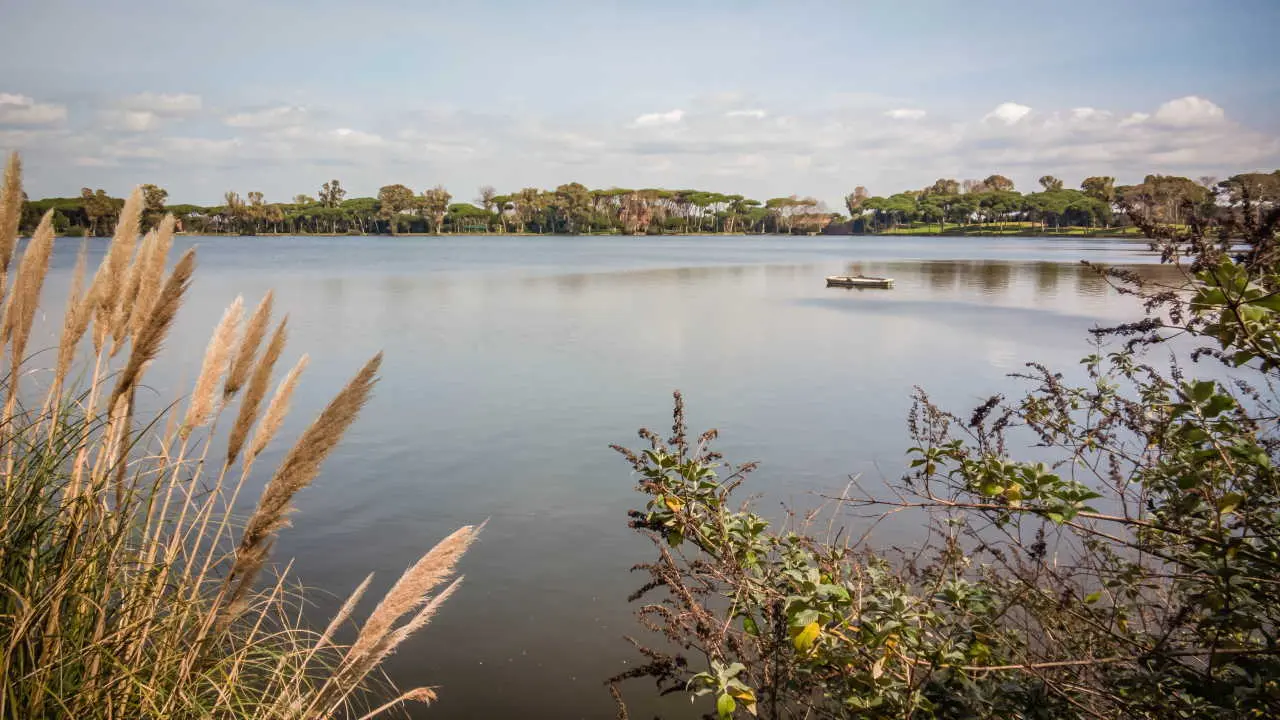
“Where once there was a harbor, today there is an airport…”
Today, the sea is approximately 3 km away from the completely buried Claudio Port.
The territory and the site of Portus were acquired by the Torlonia family in 1856, and they uncovered part of the buildings. The hexagonal basin of the Trajan port, reduced to a swamp, was cleaned and restored in 1923. Subsequently, the transfer of part of the Torlonia property to the state allowed the establishment of the Archaeological Area of Portus, limited to only the area of the port of Hadrian.
The entire hexagonal basin of Trajan, including the remains of storage structures, is now a privately owned area called “Oasi di Porto”.
Both distinct archaeological areas are open to the public and located within the territory of the modern municipality of Fiumicino. One can reach it from Rome via the Rome-Fiumicino highway and the Via Portuense, and from Ostia and Fiumicino via the via dell’Aeroporto.
The visit to the Oasi lasts approximately 1 hour and takes place partly on foot and partly on horse-drawn carts (although, currently, the carts have been discontinued due to social distancing problems).
Are you interested in a tour with an authorized guide to two archaeological areas? Contact us.
Visit Rome with Argiletum Tour, your local experts. Enjoy guided tours by foot, car, for couples, families and small groups. Discover the Vatican Museums and the Sistine Chapel, the Colosseum and the vast archaeological area of the Fori, the Borghese Gallery, majestic architectural squares and fountains, not to mention the Basilicas and Churches that in Rome often feature exquisite works of art!
Guided tours for all requests and interests! Visit our catalog or contact us!
-
Vatican Museums and Sistine Chapel – Private Tour with Hotel Pick-up
163,00€ – 335,00€Enjoy an unforgettable experience discovering the wonders of the Vatican and Italian art, accompanied by our expert guides who will immerse you in the history and beauty of these unique places.
Vatican Rome | Pick-up | Private Guide | 3 hours | Skip the Line
Add to Cart This product has multiple variants. The options may be chosen on the product page -
Explore the Secret Treasures of Venice: Private Walking and Boat Tour
143,00€ – 479,00€This exclusive tour combines exploring Venice on foot and by boat with a visit to a shipyard (squero) to witness the construction of a typical Venetian gondola. Farewell toast with a Spritz in a traditional Venetian Osteria
Summer 2024 Promotion – request the promo code
Venice | Guided Tour | By Boat | 4 hours
Add to Cart This product has multiple variants. The options may be chosen on the product page -
Apulia Escorted Tour – 9 days
2.671,00€Discover Puglia in nine days, starting from Bari, Trani, Castel del Monte, Alberobello, Matera, Locorotondo, Ostuni, Otranto, Lecce, Gallipoli, Martina Franca, and Polignano a Mare.
Puglia | Group Travel | 4 stars | Max. 15 people | 9 daysAdd to Cart This product has multiple variants. The options may be chosen on the product page -
Pilgrimage from Rome to Padre Pio, San Giovanni Rotondo
473,00€ – 965,00€By Private car and driver for 2 days to San Giovanni Rotondo
Lanciano – San Giovanni Rotondo | Private car/driver | 2 days
Add to Cart This product has multiple variants. The options may be chosen on the product page -
Venice Tour and Doge’s Palace Visit
103,00€ – 299,00€A unique opportunity to explore Venice and visit Palazzo Ducale
Venice | Guided Tour | Private Guide | 3 hours
Add to Cart This product has multiple variants. The options may be chosen on the product page -
Rome by Night Tour – Private Driver and Guide
93,00€ – 242,00€Welcome to “Rome by Night with Private Driver and Guide”
Rome | By night Tour | Private Car | 2 hrs.
Add to Cart This product has multiple variants. The options may be chosen on the product page -
Day Trip to the Amalfi Coast and Pompeii – Private car from Rome
289,00€ – 749,00€Tour to Pompeii, a world-treasure of archaeology, and Amalfi Coast by Private car and driver!
Special discount 2024
Pompeii – Amalfi | Guided Tour in Pompeii| Private Driver | 12 hours
Add to Cart This product has multiple variants. The options may be chosen on the product page -
City Break in Lecce
252,00€ – 274,00€Discovering the Lecce Baroque and Tasting – Group Tour in Lecce
Lecce | 4-Star Central Hotel | Guided Tour | 3 days
Add to Cart This product has multiple variants. The options may be chosen on the product page -
Photography Tour of Rome at Sunrise
106,00€ – 438,00€A unique experience to capture the essence of Rome at dawn!
Request the PROMO code!
Rome | Privat Guide | Auto- Golf Car | 3 hours
Add to Cart This product has multiple variants. The options may be chosen on the product page -
Civita di Bagnoregio and Orvieto day trip from Rome
140,00€Guided Tour of Civita di Bagnoregio and Orvieto – An Experience between History and Beauty
Civita di Bagnoregio – Orvieto | Shared Tour | Typical lunch | 8 hours
Add to Cart This product has multiple variants. The options may be chosen on the product page -
Vatican Museums and Sistine Chapel small groups
198,00€Art and Spirituality: Vatican Museums, Sistine Chapel, and St. Peter’s Square Tour – Small group max. 10 persone
Vatican | Small Groups | pick-up | 3,30 ore
Add to Cart This product has multiple variants. The options may be chosen on the product page -
Visit Florence in Ape Calessino – by train from Rome
212,00€ – 264,00€Visit Florence in Ape Calessino – by train from Rome
Florence | Ape Calessino Tour | High-Speed | 1 day
Add to Cart This product has multiple variants. The options may be chosen on the product page -
Private tour to Pisa from Florence
146,00€ – 334,00€Private Tours from Rome: Don’t miss the chance to visit one of the most awesome and stunning places in Italy with this guided tour of Pisa.
Pisa | Guided Tour | High speed | 1 day
Add to Cart This product has multiple variants. The options may be chosen on the product page -
Full-day Private Tour of Milan
212,00€ – 458,00€Private tour of Milan, a personalized 6-hour tour, an ideal gift for a corporate award, a special anniversary, a birthday, or a wedding gift!
Milan | Guided Tour | Private | 6 hrs.
Add to Cart This product has multiple variants. The options may be chosen on the product page -
Milan Private Tour
157,00€ – 324,00€Private tour of Milan, don’t miss this opportunity to experience the essence of Milan with somebody who live there!
Milan | Guided Tour | Private | 3 hrs.
Add to Cart This product has multiple variants. The options may be chosen on the product page -
Shore excursion Civitavecchia Rome
241,00€ – 645,00€Discover the major attractions of Rome with who live there! Full day Private Tour from Civitavecchia Port to Rome
Advanced reservation PROMO code
Civitavecchia Rome | Guided Tour | Luxury Car | 8/9 hrs.
Add to Cart This product has multiple variants. The options may be chosen on the product page
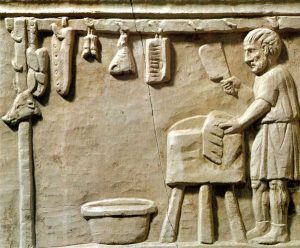
Ancient Romans at the table
Food and Culinary Habits in Ancient Rome. The daily life of ancient Rome is deeply reflected in the eating habits of its inhabitants, revealing a world of contrasts between sobriety and opulence.
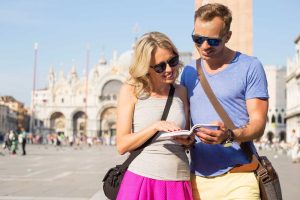
Venice, Essential Guide for Travelers
Explore the magic of Venice with our complete traveller’s guide. Discover the most iconic places such as Piazza San Marco and the Rialto Bridge.
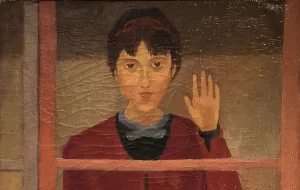
ITALY SPECIAL 2024: A selection of unmissable events and exhibitions!
Get ready to embark on an extraordinary journey through the beauty of Italy, marking the most significant dates of 2024 and planning an unforgettable experience. This year, we’ll guide you through an exceptional selection of unmissable events that encompass art, music, gastronomy, and technology.
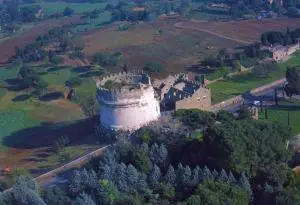
Ancient Appian Way, the highway of Ancient Rome
Known as the “Queen of Roads,” the ancient Appian Way in Rome is one of the most important engineering marvels of all time, a tangible testament to the greatness and mastery of Roman civilization.

Museums to visit in Italy
The museums in Italy offer visitors a rich array of themes, types, and locations, making them a unique experience. Some of the world’s most historically and culturally significant museums welcome visitors to immerse themselves in the depths of Italian history and art.
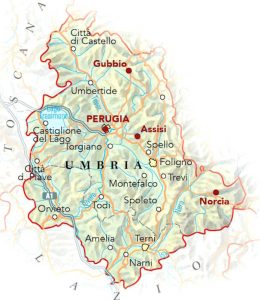
Umbria, land of history, art, nature, religion and flavours
Umbria is a reality suspended between the richness of its history, the depth of its culture, and the majesty of its nature. Located in the heart of Italy, between Tuscany, Marche, and Lazio, it is the only region on the peninsula without a coastline. Also known as the “green heart of Italy,” Umbria is a destination that provides a variety of experiences for visitors.

How I found a wife with Italian cuisine – Rome cooking class
Rome is a fantastic city to take a cooking class, with a rich culinary history and culture. With a little research, you can find the perfect cooking class for your needs

Luxury Vintage Shopping in Rome
The story of an experience lived in Rome, a four-hour shopping tour with an expert guide and a luxury car with driver to discover the best vintage luxury shops in the Capital
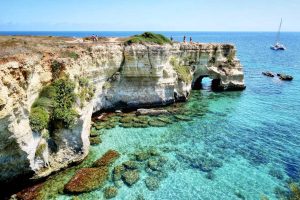
Trip to Puglia, a land to discover
Puglia is truly a land to discover, a hidden treasure in the heart of the Mediterranean. With its temperate climate and four distinct seasons, this region offers a unique tourist experience throughout the year
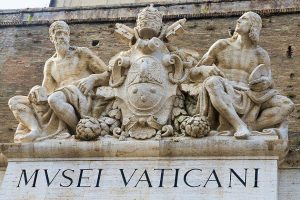
Entrance to the Vatican Museums and Sistine Chapel 2024 and 2025
The Vatican Museums and Sistine Chapel are about to introduce significant changes to their visiting schedule to optimize the use of their collections and provide a more inclusive experience for visitors, leading up to the Jubilee of 2025 in Rome. These changes will take effect on January 1st, 2024.
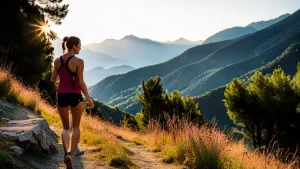
Italy: unconventional experiences for adventurous travellers
Italy is a country that offers a wide range of original and extreme experiences for the most adventurous travelers. Whether it’s exploring the depths of the sea, climbing imposing mountains, or immersing oneself in the rich culinary tradition of the country, there is something for everyone looking for authentic and unique thrills. Italy invites travelers to push their limits, discover new horizons, and live an experience that will remain imprinted in their memory.

The pilgrimage in Italy
The tradition of pilgrimages in Italy is an integral part of the social, cultural, and religious fabric of the country. Throughout centuries of history, this practice has shaped individual and collective identities, enriching the spiritual and cultural life of those who undertake the journey. Pilgrimage remains a meaningful experience, reflecting mankind’s search for meaning and connection, and a link between the past, present, and future.
